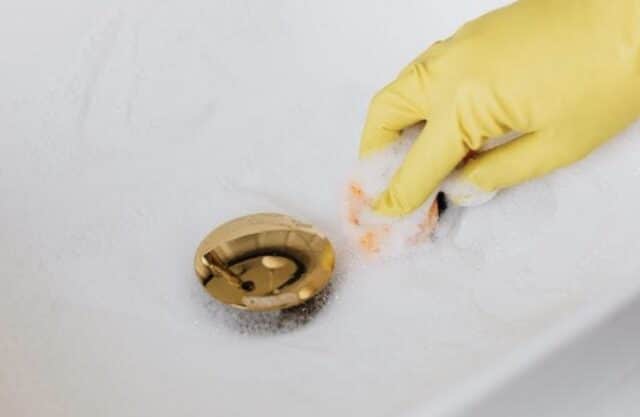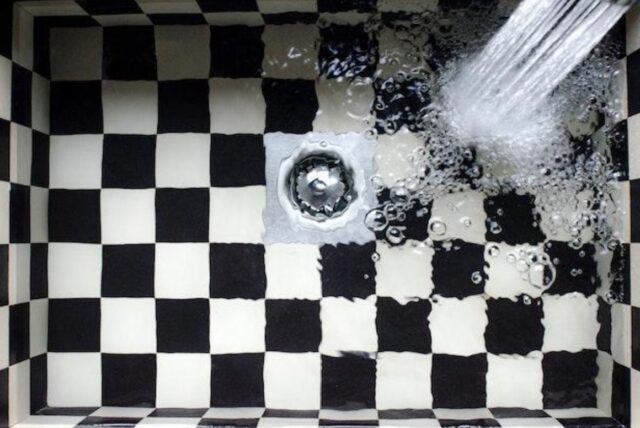Clogs in a bathroom sink drain are one of the most annoying plumbing problems you can have. They can also be very frustrating and time-consuming to fix.
Sink clogs can be caused by a variety of factors, including hair, soap scum, and toothpaste. However, there are several things you can do to prevent clogs in your bathroom sink drain, and keep the water flowing freely.

Hair Clogs
One of the most common causes of bathroom sink clogs is hair. Hair can easily become caught in the drain, and it can quickly build up, creating a clog. To prevent hair clogs, you can get some handy sink accessories like a drain cover or strainer to catch any hair that might be washed down the sink.
Another way to prevent hair clogs is to regularly remove any hair that may be caught in the drain. This can be done by using a pair of pliers or a bent coat hanger to carefully remove the hair from the drain.
Soap Scum Clogs
Another common cause of bathroom sink clogs is soap scum. Soap scum can build up in the drain, creating a clog. To prevent soap scum clogs, use a drain cleaner to remove any soap scum that may be building up in the drain.
You can also prevent soap scum clogs by regularly cleaning the sink and the drain. This can be done by using a mixture of baking soda and vinegar to clean the sink and the drain. The baking soda will help to remove any soap scum that may be present, while the vinegar will help to break up any clogs that may be forming.
Toothpaste Clogs
Toothpaste can also be a major cause of bathroom sink clogs. Toothpaste can easily become caught in the drain, and it can quickly build up, creating a clog. To prevent toothpaste clogs, use a drain cover or strainer to catch any toothpaste that may be washed down the sink.
Be sure to regularly remove any toothpaste that may be caught in the drain. This can be done by using a pair of pliers or a bent coat hanger to carefully remove the toothpaste from the drain.
Regular Maintenance
Regular maintenance is one of the best ways to prevent clogs in a bathroom sink drain. This can be done by regularly cleaning the sink and the drain using a mixture of baking soda and vinegar.
You can also do this by pouring a cup of baking soda and a cup of vinegar down the drain once a month. This will help to remove any buildup that may be present in the drain, and it will also help to break up any clogs that may be forming.
Use of Chemical Drain Cleaners
Chemical drain cleaners can be an effective way to prevent clogs in a bathroom sink drain. These cleaners are designed to break up clogs and remove buildup from the drain. However, it’s important to be cautious when using chemical drain cleaners, as they can be dangerous if used improperly.
It’s also important to read the instructions on the cleaner carefully, and use the cleaner as directed. Overuse of chemical drain cleaners can damage pipes and be harmful to your health.
Call a Professional
If you are experiencing clogs in your bathroom sink drain, and you are unable to remove them with regular maintenance or the use of chemical drain cleaners, it may be necessary to call a professional plumber.
A professional plumber will be able to identify the cause of the clog and remove it quickly and efficiently. They may also be able to advise you on any repairs or replacements that may be needed to prevent future clogs.
In addition, a professional plumber may also be able to advise you on any preventative measures that you can take to keep your bathroom sink drain clear.

Conclusion
Preventing clogs in a bathroom sink drain is essential for maintaining the functionality and appearance of your bathroom. By following these tips and tricks, you can better keep your bathroom sink drain working properly.
However, if you are experiencing persistent clogs or any other bathroom sink drain-related problems that you find too complex or intimidating, it is best to call a professional plumber for help.










